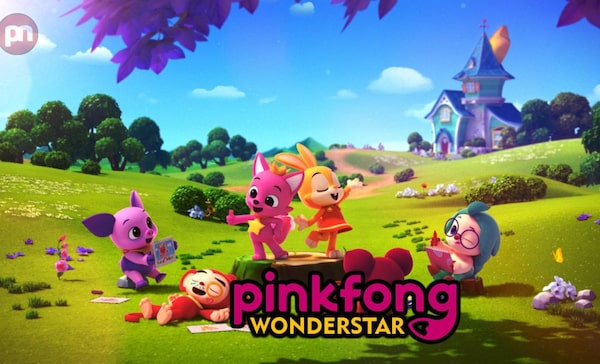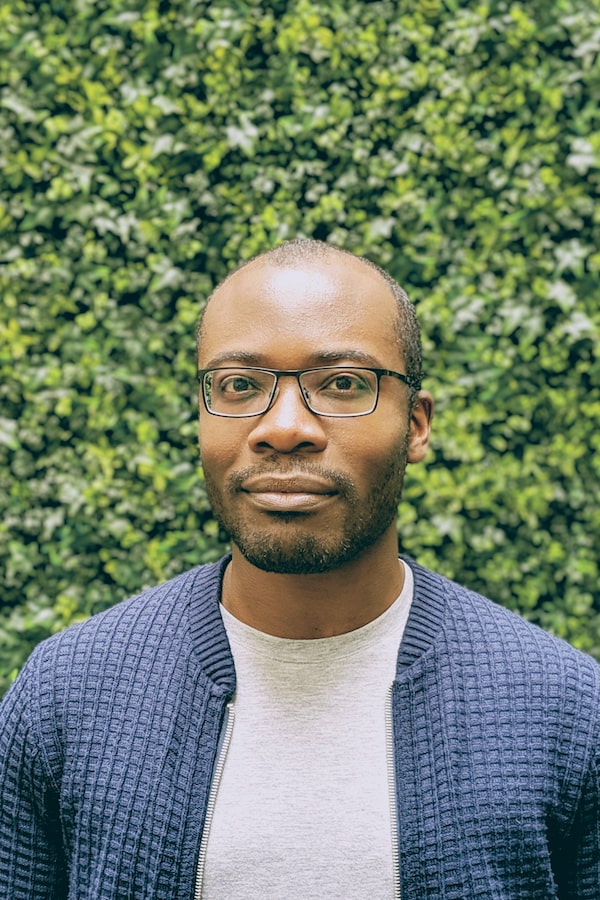
Pinkfong Wonderstar is from the same people behind the Baby Shark phenomenon.YouTube/YouTube
Super Sema, an animated series featuring a young superhero girl, is set in an African-futuristic world. Lottie Dottie Mini, a preschool scripted show based on content from popular Brazilian YouTube kids’ channel, will be released in English, Portuguese and Spanish soon. Pinkfong Wonderstar is a Korean series made by the same people behind the Baby Shark phenomenon. These are just a few of the shows that Craig Hunter, the recently appointed global head of preschool content for YouTube Originals, is overseeing as part of his new job. The Globe and Mail caught up with Hunter to find out what’s in store for your child’s favourite distraction, this pandemic year and beyond.

Craig Hunter is the global head of content for YouTube Original.Supplied
What are your kids watching?
I have two sons, 7 and 4. They watch anything and everything. They watch not just YouTube; they watch all the other platforms. But they really, really loved Pinkfong Wonderstar. We had that on repeat for a long time.
You started out with Disney, worked with Nickelodeon, BBC and Sony before joining YouTube Originals. What changes have you seen in the industry?
A massive shift was last year because of the beginning of the pandemic. And it put kids’ content more at the focus. Over all those months when parents have had to be tutors to their children and having to keep kids entertained – kids’ content has kind of been a saviour for a lot of those parents, and kids actually. So I feel like I’m part of something.
But as parents, you’re always being told to limit your kids screen time. How does that figure into programming?
Everyone is watching more, not just kids. But for us, we’ve also seen a shift in increased co-viewing. That’s a good thing, you know, bringing families together to watch. I suppose it all comes down to what [children] get from it. And that’s where I’ve come in to do these [YouTube] Originals with a very specific framework. To be able to provide, for want of a better word, nutritional content, and so guilt-free.
What about those annoying videos? Like Baby Shark. It drives parents up the wall ...
Kids’ content is no different from any other content. It comes down to personal taste. The difference with preschool content is that the parents are the gatekeepers. It’s them you have to snag rather than older, tech-savvy kids. With preschoolers, it’s almost the same as with TV. The parents have the remote.
The thing with YouTube is the algorithms, though. Younger and younger kids understand that they can swipe for more videos. There’s a lot of questionable content on YouTube. Isn’t there a concern about what kids can swipe to next?
With the YouTube Kids app, there’s a wall. It’s a safe space. And not to go too far out of my remit – because my arena is very much on the creative side of YouTube Originals, which so far isn’t the majority of the content on the app. The content on the app has been carefully curated for the audience. Within YouTube Kids, when you first download it, you get to set different parameters, like how old your kid is. And based on all these little things you put in, it will collate a lot of data. It will be able to work out what to serve back. And like you said, with the algorithm, the more things the parent or child clicks and watches, it then helps serve you more of that type of stuff.
The videos that are truly popular are those toy-unboxing videos. How do you compete with that?
What I think you need to remember is that [YouTube] is fundamentally an open platform and for user-generated content. There’s a space and place for that content. But there’s also a space and place for this stuff that I’m here to do, as well. It’s very much about trying to diversify the types of content. What we wouldn’t want to do would be to just replicate. Chances are you probably want your kid to have more nutritional things to watch as a YouTube Original than just a slime video, you know.
What sort of projects are you excited to work on?
There are untapped voices everywhere. I think if you have more diverse voices, it leads to richer content. Eventually what we want to do is build around our framework of four pillars: Pursuing your dreams and goals; self-care and well-being; in your community; culture and diversity. We’re not looking to develop shows that encompass every single one of those four pillars because we’ll end up with a Frankenstein show. But we need to make sure we’ve acknowledged at least one of those one of those things in everything that we make.
Platforms such as TikTok give out alerts that tell you when you’ve been watching more than 15 minutes of content. Is this also something you’re thinking about?
It would be crazy if we were to ignore what is happening around us. There are loads of different social media platforms. I think all of this – not from a YouTube standpoint, or a Google standpoint – is just to be a decent human being, to do the right thing. So yeah, in answer to your question, it is important to us. We are actively looking at projects, as we speak, that cover things like meditation and well-being, and having time out to do different things. That’s as important as anything else.
This interview has been condensed and edited

Parenting & Relationships newsletter
Sign up for more advice, news and opinion pieces in your inbox to help you navigate modern life.